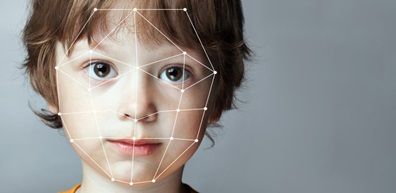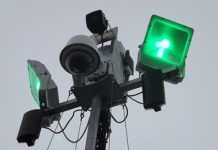New York State Education Department Commissioner Betty A. Rosa has issued a determination that lifted a December 2020 ban on the use of biometric technologies in both public and private schools. However, K-12 campuses are still prohibited from purchasing or utilising facial recognition technology.
“The Security Industry Association (SIA), along with industry partners and education officials in New York, raised concerns with legislators and then-Gov. Andrew Cuomo over the unintended consequences of a blanket ban prohibiting applications that clearly benefit schools and students, versus addressing specific use cases of concern,” said SIA Senior Director of Government Relations Jake Parker.
“In one direct result, the governor insisted that the final measure include an exclusion for use of fingerprint technology in conducting background checks on prospective K-12 employees,” he said. Schools will now be able to use biometrics for identity verification for applications such as student account access, transportation check-in, food service, and medication administration.
The technology can now also be used to safeguard access to secure areas, as well as log staff time and attendance, says SIA, which adds that more than 40 school districts in New York were already using biometrics before the ban went into effect.
Facial recognition technology remains banned, however. The state’s Office of Information Technology Services (ITS) wrote a report on the use of biometrics in schools, saying the risks of facial recognition in an educational setting may outweigh the benefits, “but there are likely lower risks for administrative uses of [facial recognition technology] that individual schools would need to evaluate.”
The report said digital fingerprinting may also have fewer risks associated with it than facial recognition and that it has benefits when used for school lunch payments or with digital educational devices, such as tablets.
The new determination gives schools permission to “decide whether to use biometric identifying technology other than facial recognition technology at the local level so long as they consider the technology’s privacy implications, impact on civil rights, effectiveness, and parental input.”








